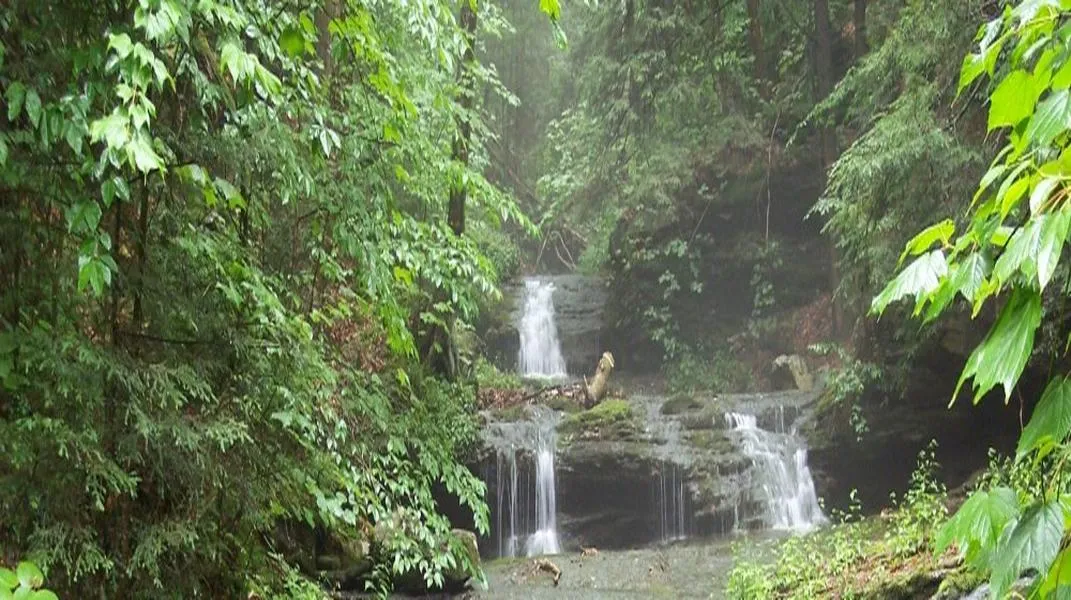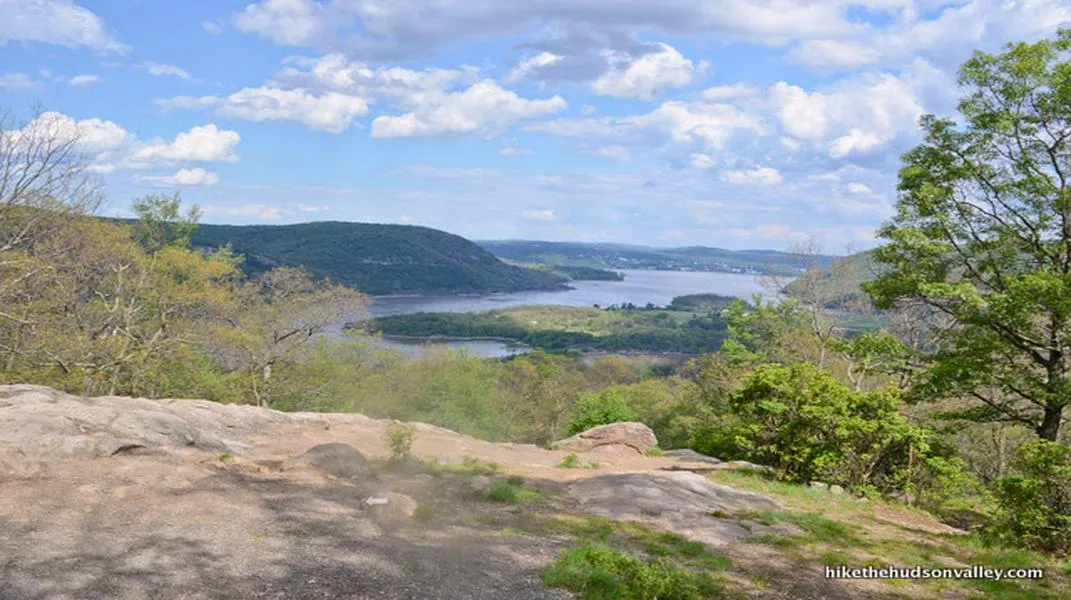Exploring the Majestic Mount Fuji: A Comprehensive Guide for Tourists
Mount Fuji, or Fujisan, is Japan's highest peak, standing at 3,776 meters (12,389 feet) and is an iconic symbol of the country. Recognized as a UNESCO World Heritage site in 2013, this dormant stratovolcano is a breathtaking sight with its perfectly symmetrical cone shape, often capped with snow. It has inspired countless artists, poets, and photographers, making it a must-visit destination for tourists from around the globe. This article will delve into the details of Mount Fuji, including its cultural significance, the best times to visit, activities to enjoy, and essential materials to prepare for a memorable trip.

Cultural Significance
Mount Fuji holds a deep cultural significance in Japan. It is revered not just as a natural wonder, but also as a spiritual symbol. The mountain has been a pilgrimage site for centuries, with its beauty immortalized in traditional Japanese art, particularly in the famous woodblock prints of the Edo period, such as Hokusai’s "Thirty-Six Views of Mount Fuji." The mountain is often associated with Shinto and Buddhist beliefs, representing a bridge between the earthly and the divine. Visitors can explore various shrines and temples dedicated to the mountain, each offering insights into its historical and spiritual importance.
Best Times to Visit
The ideal time to visit Mount Fuji largely depends on what activities you wish to partake in.
- Summer (July to September): This is the climbing season, when the trails are open and the weather is most favorable. Thousands of climbers ascend the mountain during this period. The views from the summit at sunrise are breathtaking and well worth the effort.
- Autumn (October to November): Autumn showcases the vibrant foliage surrounding Mount Fuji, creating stunning landscapes. The weather is still mild, making it a great time for hiking and photography.
- Winter (December to February): Although climbing is not possible due to snow and ice, winter offers a unique perspective. The snow-capped peak is strikingly beautiful against a clear blue sky, and the surrounding landscapes take on a serene quality.
- Spring (March to June): Spring brings cherry blossoms, providing a beautiful contrast to the mountain. The weather gradually warms up, making it a good time for hiking as well, although the climbing season has not yet officially started.
Activities Around Mount Fuji
Mount Fuji offers a plethora of activities for visitors, regardless of their interests or skill levels.
- Climbing Mount Fuji
For the adventurous, climbing Mount Fuji is an exhilarating experience. The most popular routes are:
- Yoshida Trail: The most accessible and well-maintained trail, starting from the 5th Station on the Yamanashi Prefecture side. It takes about 5-7 hours to ascend and 3-5 hours to descend.
- Subashiri Trail: A less crowded option that offers beautiful forest scenery. It takes about 6-8 hours to climb and 4-6 hours to descend.
- Fujinomiya Trail: The shortest route, taking approximately 5-7 hours to ascend and 3-5 hours to descend.
- Gotemba Trail: This is the longest route, often chosen by those seeking solitude. It takes about 7-10 hours to reach the summit and 4-6 hours to return.
- Hiking and Nature Walks
If climbing to the summit isn’t on your agenda, there are numerous hiking trails around Mount Fuji that offer stunning views without the strenuous climb. The Fuji Five Lakes area (Fujigoko) provides scenic walking paths, picnic spots, and opportunities for wildlife observation.
- Hot Springs
After a long day of hiking or sightseeing, relax in one of the many onsen (hot springs) located in the surrounding areas. The Hakone and Kawaguchiko regions offer luxurious onsen experiences with stunning views of Mount Fuji.
- Cultural Experiences
Explore the rich culture surrounding Mount Fuji by visiting local museums, shrines, and art galleries. The Fujisan World Heritage Center offers educational exhibits about the mountain’s significance and history.
- Photography
Whether you're an amateur or a professional, Mount Fuji provides endless opportunities for photography. The best spots include Lake Kawaguchi, the Chureito Pagoda, and the Fuji Five Lakes area, especially during sunrise and sunset.
Preparing for Your Visit
To ensure a smooth and enjoyable visit to Mount Fuji, proper preparation is essential. Here’s a comprehensive list of materials and essentials to pack:
- Clothing
- Layered Clothing: Weather can change rapidly, especially at higher altitudes. Wear moisture-wicking base layers, insulating mid-layers, and a waterproof outer layer.
- Hiking Boots: Invest in good-quality hiking boots with ankle support and a sturdy grip. Ensure you break them in before your trip to avoid blisters.
- Warm Accessories: Bring gloves, hats, and scarves, especially if you’re climbing during the cooler months.
- Climbing Gear
- Backpack: A lightweight, comfortable backpack to carry your essentials during hikes and climbs.
- Trekking Poles: Helpful for stability and reducing strain on knees during steep ascents and descents.
- Headlamp/Flashlight: If you plan to start your climb early in the morning or during the night to catch the sunrise, a reliable light source is crucial.
- Navigation and Safety
- Map and Compass: Even with well-marked trails, it’s wise to have a physical map and compass as a backup.
- GPS Device or Smartphone: Ensure your device is charged and has a reliable hiking app installed.
- First Aid Kit: A basic kit with band-aids, antiseptic wipes, pain relievers, and any personal medications.
- Hydration and Nutrition
- Water Bottle or Hydration Pack: Staying hydrated is crucial, especially at higher altitudes. Carry enough water for your hike.
- Snacks: Energy bars, dried fruits, and nuts are great options to maintain energy levels during your climb.
- Camera Gear
- Camera: Bring a quality camera or smartphone to capture the stunning views.
- Tripod: A lightweight tripod is useful for photography, especially during low-light conditions.
- Miscellaneous
- Sunscreen: Protect your skin from UV rays, as the sun can be intense at higher elevations.
- Insect Repellent: Depending on the season, insects can be a nuisance.
- Cash: While credit cards are widely accepted, it's advisable to have cash on hand for small purchases in rural areas.
Conclusion
Mount Fuji is more than just a mountain; it is a cultural icon, a natural wonder, and a gateway to adventure. Whether you are climbing to its summit, exploring the surrounding landscapes, or immersing yourself in its rich cultural heritage, Mount Fuji offers a unique experience that resonates with every visitor. By preparing adequately and respecting the natural environment, you can make your visit to this majestic peak unforgettable. So pack your bags, lace up your hiking boots, and get ready to embark on an adventure of a lifetime at Japan's most celebrated mountain!




